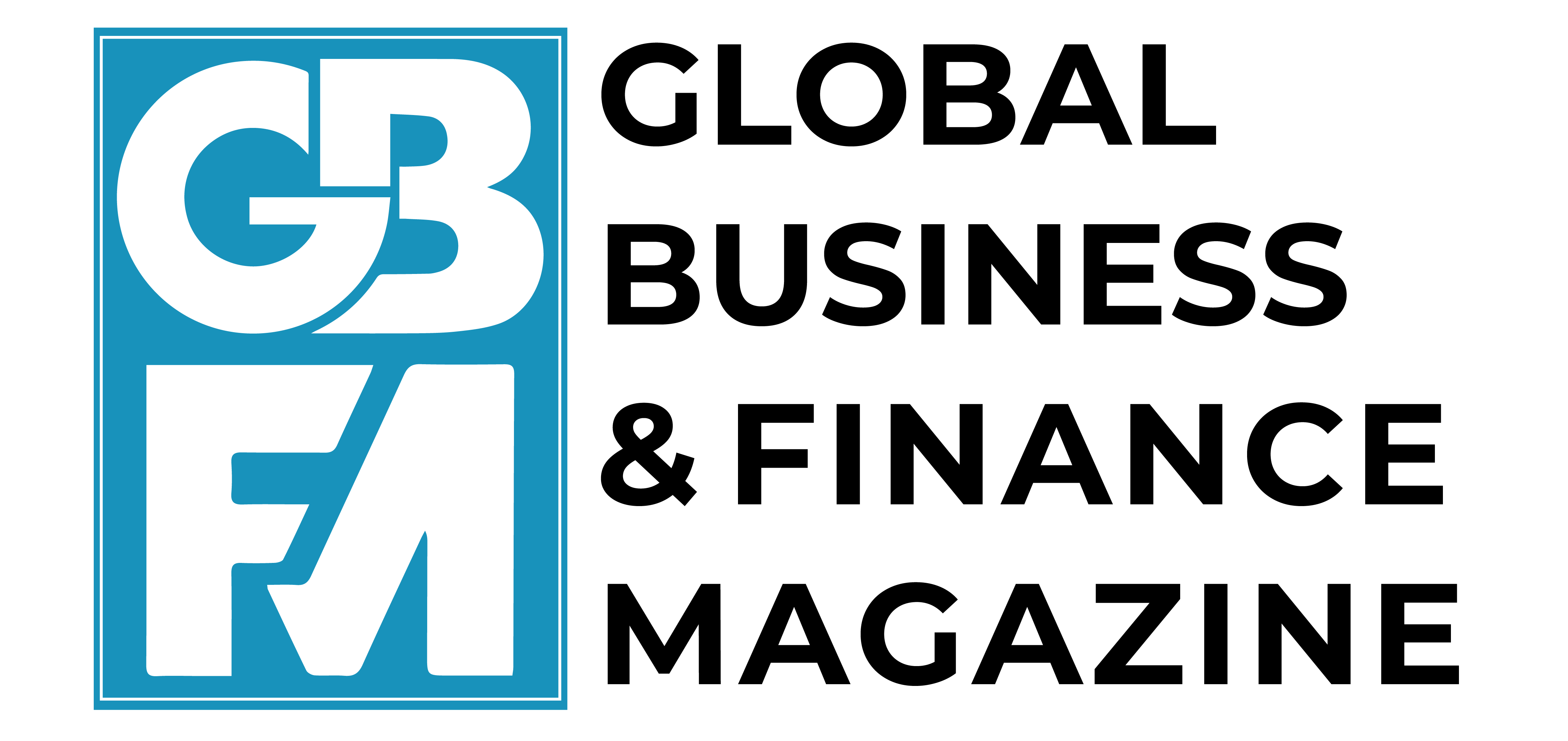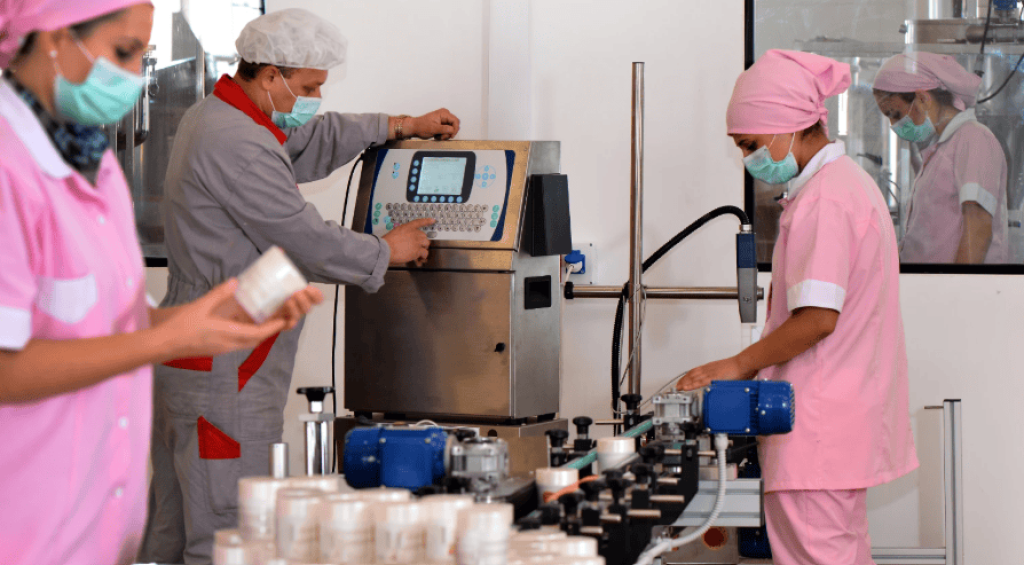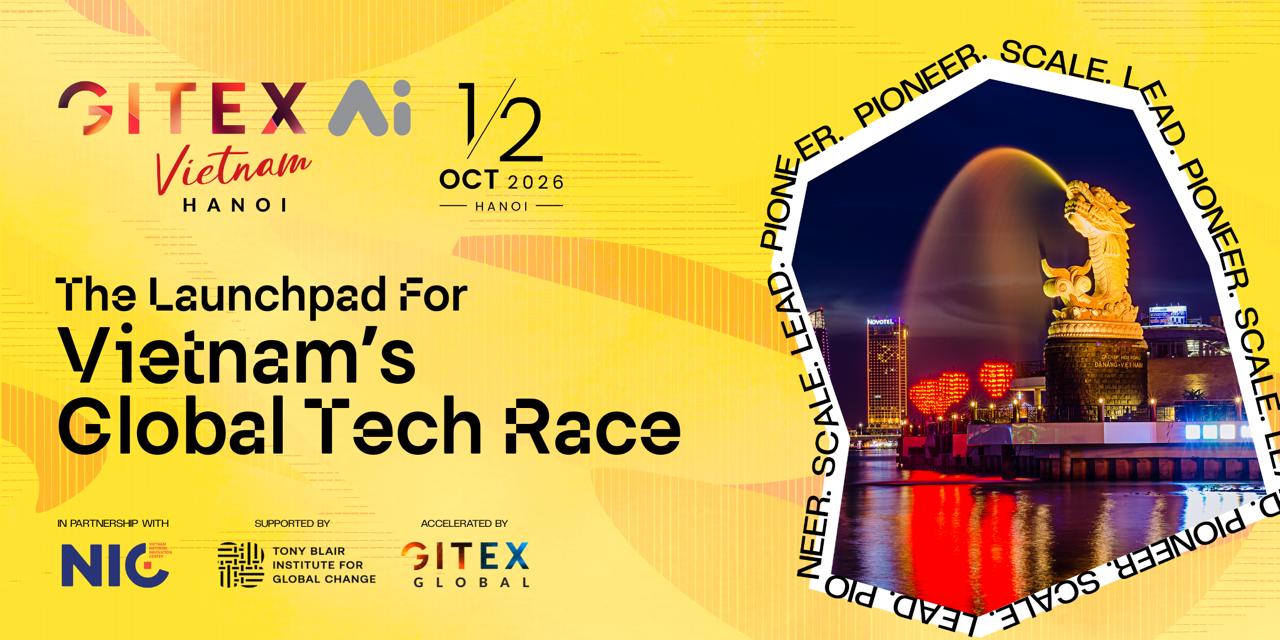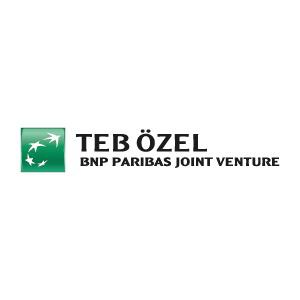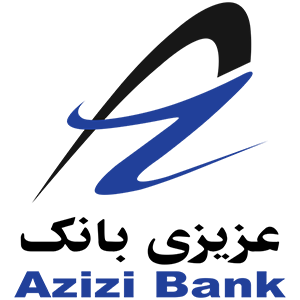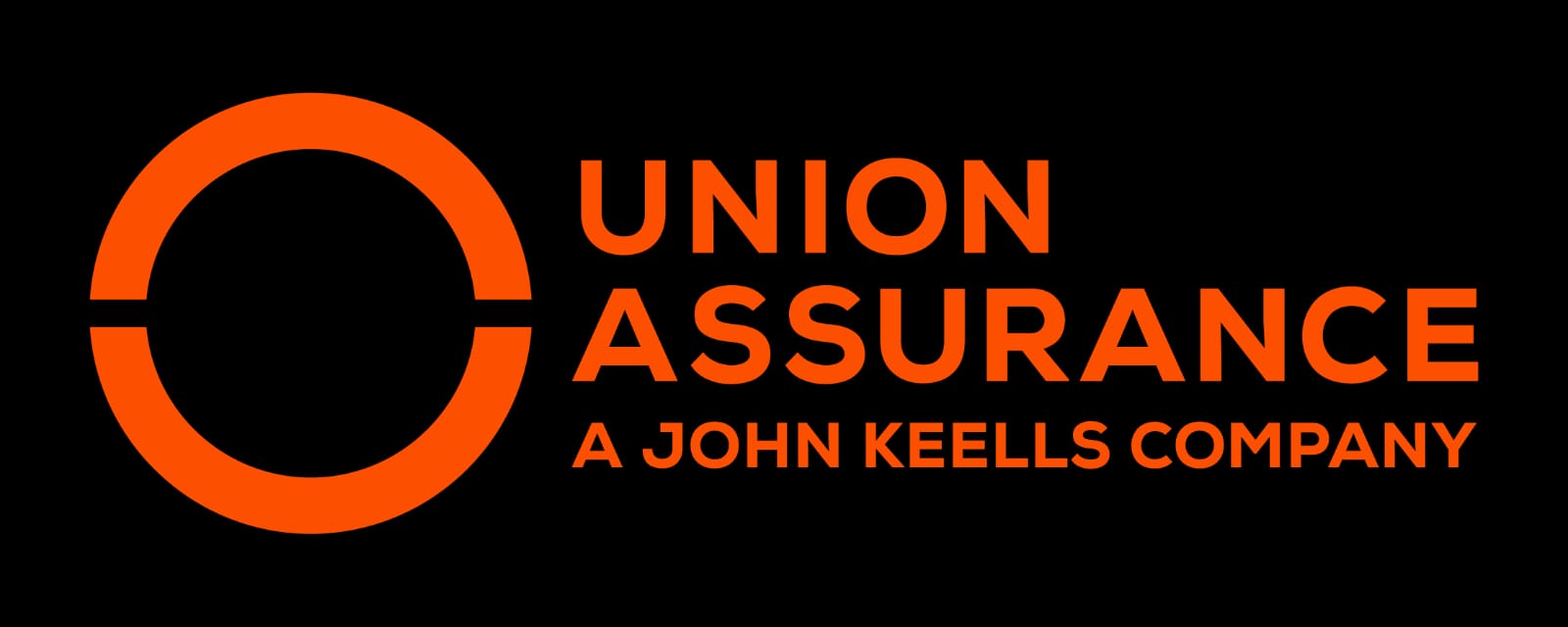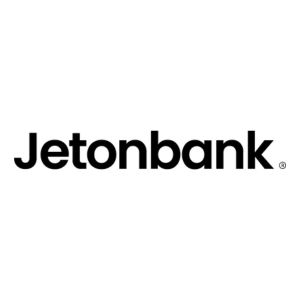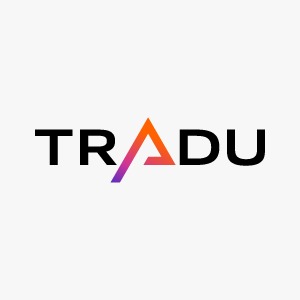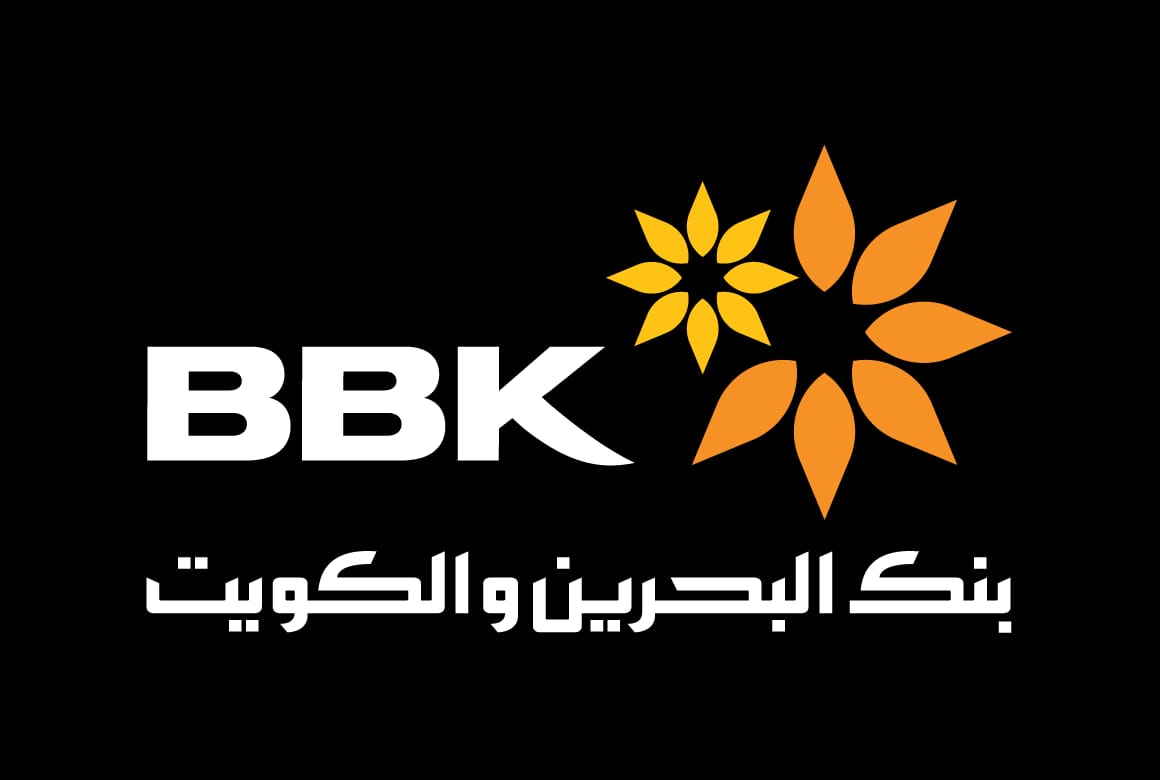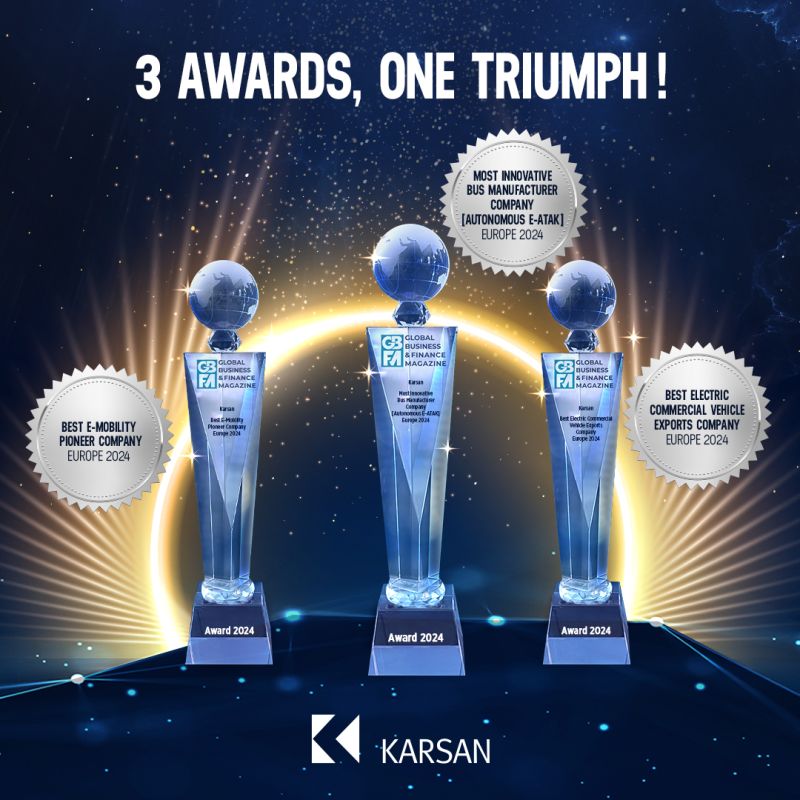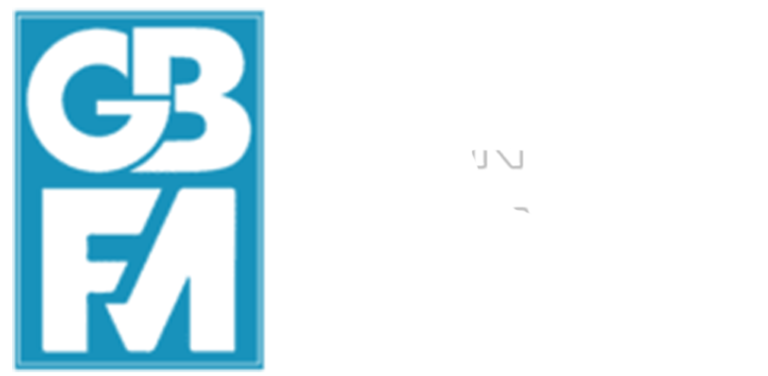While tariffs dominate the news, international trade is increasingly shaped by an array of regulations known as non-tariff measures (NTMs). Unlike tariffs, which are taxes imposed on imported goods, NTMs establish criteria that goods must meet before they can enter a market. They include measures to protect consumers by ensuring that food is safe to eat, for example, or that electrical appliances meet technical requirements for safety and reliability.
NTMs enhance consumer confidence, improve access to markets, and align a country’s products with global standards. However, they can create barriers to trade if they are unnecessarily complex, overly stringent, or inconsistently applied.
In recent decades, NTMs have grown in number and complexity (figure 1). This poses a challenge for developing economies, which often lack the capacity to meet the stricter standards and regulations of export markets. At the same time, they must regulate their own markets and enforce legislation, including on imports.
From 2007 to 2023, trade among developing economies more than doubled from $2.3 trillion to $5.6 trillion, outpacing growth in global trade. To facilitate growing trade—including growing intra-regional trade—and reap its job and growth-generating benefits, developing economies should prioritize efforts to tackle persistent regulatory and institutional barriers. The World Bank supports those efforts by providing technical advice, capacity building, and research.
For example, the World Bank has been supporting implementation of the African Continental Free Trade Agreement (AfCFTA), which was signed in 2018. Over the years, various regional agreements have attempted to harmonize standards and facilitate trade, yet complex and duplicative regulations and procedures persist. Now, the AfCFTA promises not only to reduce tariffs but also to streamline NTMs.
What explains the growth of NTMs? Advances in technology that is used to detect contamination have allowed high-income countries with the necessary infrastructure to impose more stringent safety and quality standards. At the same time, growing consumer demand for safer, healthier, and more ethically produced goods has prompted stricter regulatory oversight. Increasingly, developing economies are also adopting complex NTMs to protect their populations.
The trend creates difficulties for businesses, including small and medium-sized enterprises, which often struggle to understand and comply with NTMs due to a lack of information, high testing and certification costs, or duplicative processes. Countries that cannot provide traders with reliable, up-to-date information on domestic and foreign standards and requirements will find it harder to participate in trade agreements and obtain market access.
The 2023 World Bank’s Logistics Performance Index underscores the need for improved information flows among the lowest-performing countries. World Trade Organization trade-policy reviews highlight delays in publishing new trade-related regulations, limited stakeholder consultation, and inconsistencies between what is published and actual practices.
Another challenge: inadequate “quality infrastructure (QI)”—the network of testing laboratories, accreditation systems, standard-setting bodies, and inspections needed to verify and demonstrate compliance. Strong QI not only helps exporters meet foreign requirements but also improves domestic safety and competitiveness. It is especially vital for countries seeking to integrate into the global supply chains that drive trade growth.
To tackle these challenges, reforms should focus on reducing trade costs associated with NTMs in three main areas.
- First, transparency and predictability. Authorities can make information available through online portals and notification systems like ePing. Regular dialogue with the private sector will also improve the flow of information while giving businesses a chance to provide input.
- Second, regulatory quality. NTMs should be proportional to the risks they aim to mitigate and not pose unnecessary or discriminatory barriers to trade. Countries should adopt good regulatory practices, including the use of international standards, stakeholder consultations, and regulatory impact assessments. They should periodically review whether regulations are fit for purpose.
- Third, improving quality infrastructure (QI). This will reduce costs, ease market access, and enhance competitiveness, especially for SMEs. World Bank research shows that manufacturers that use quality management or health and safety standards are more likely to access export markets. Countries should also aim to recognize foreign certification and reduce redundant inspection and testing requirements.
The World Bank can support the creation of transparent and efficient regulatory environments. The first step involves a system-wide analysis to identify gaps in the regulatory and procedural framework, particularly where fragmentation and complex requirements across institutions hinder trade. The second step is to develop a strategic roadmap for filling those gaps. Countries can then undertake strategic reforms supported by necessary investments and institutional backing. The World Bank can further advance this agenda by promoting dialogue among stakeholders. Without NTM reform, efforts to boost trade, whether regional or global, will fall short.
Source : World Bank

